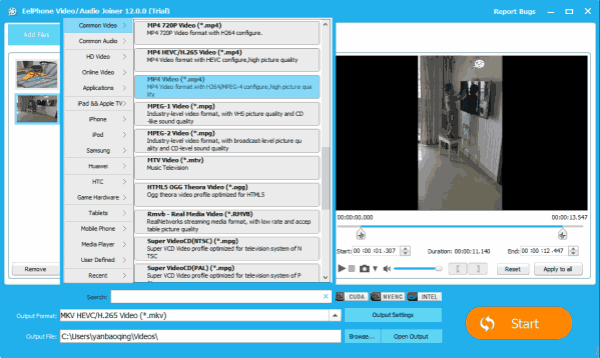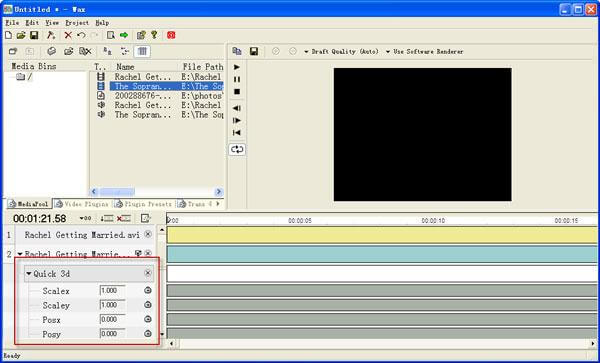
This may make it seem like lossless compression is the clear winner when it comes to lossless vs. Lossless compression is also reversible, so you can return your video to its original state if you need to for any reason. Lossless compression uses an algorithm that reduces the overall size of a video file and makes it easier to work with without damaging the picture quality at all. Some video codecs use algorithms that reduce the file size by as much as 1,000x! In other words, you reduce the file “quantity” without compromising quality. This ensures that your video file isn't altered in any major way. A codec uses an algorithm that determines the best way to shrink the size of your video while still keeping everything intact. Your digital video takes up much less storage space and loads much faster when accessed online. Thanks to video compression, you can easily distribute video content to your audience. Compression reduces the total number of bits needed to represent your video, which in effect reduces the size of the video file.
#WHAT VIDEO FORMAT IS BEST FOR EDITING MOVIE#
Meanwhile, a 4k UHD 2-hour movie can be a whopping 3,400GB! It’s impossible to store and share this size of video files with viewers. We’ve already mentioned that uncompressed video files can take up a lot of space - even a standard definition 60-minute video could be as large as 70GB. After being processed through a codec, your video's playback runs smoothly with much higher frame rates. Codecs also clean video files up and optimize them for playback. Boom: with one click, you can instantly enjoy your fave YouTube videos. Fortunately, you can use codecs to compress video files. Without video codecs, you’d have to wait minutes or even hours to watch any video on YouTube because of the enormous file size. Let’s imagine a world without video codecs: Uncompressed audio and video files can take up a huge amount of storage, especially for lengthy recordings. It decompresses it into the specified video container.




 0 kommentar(er)
0 kommentar(er)
